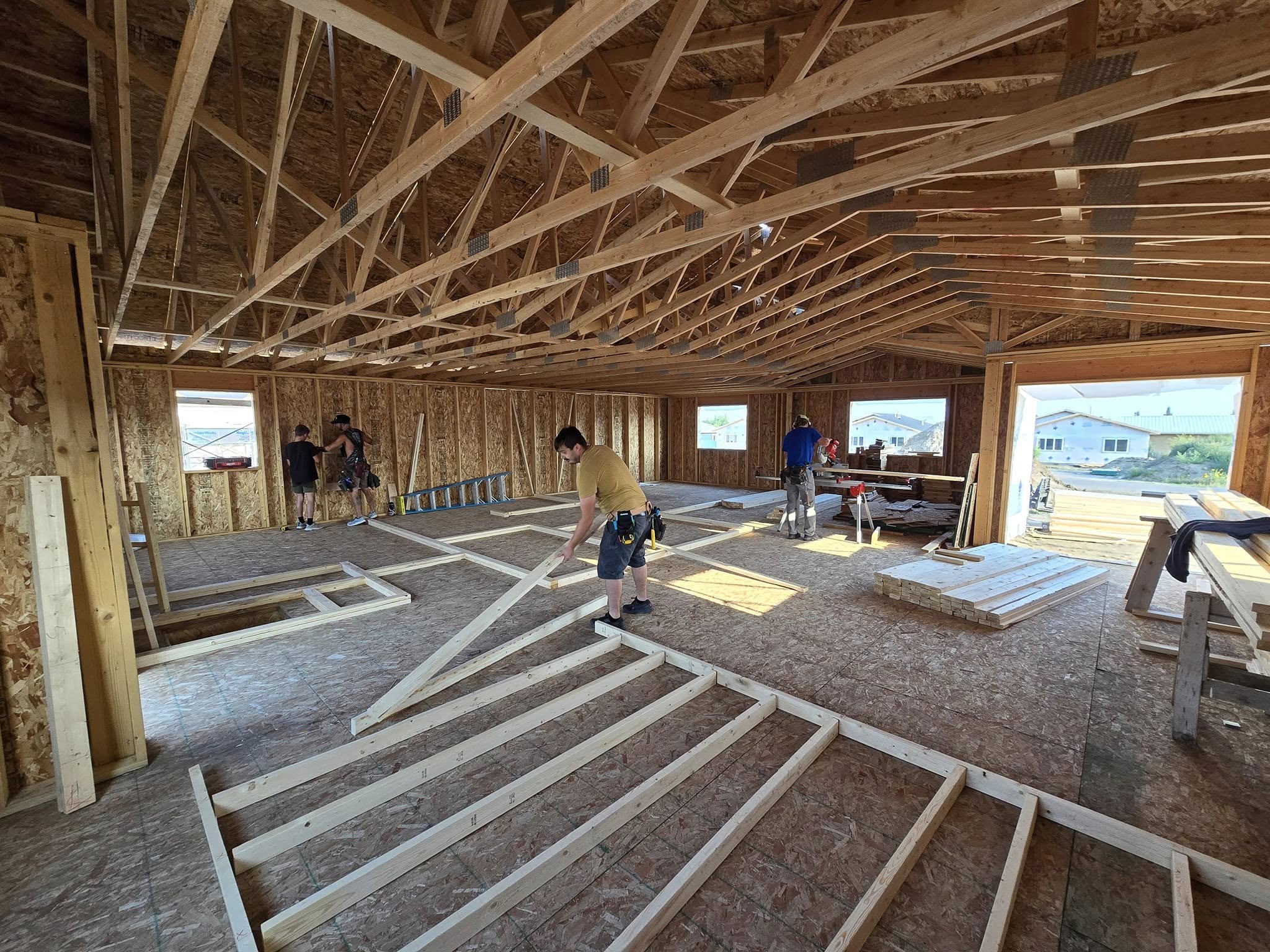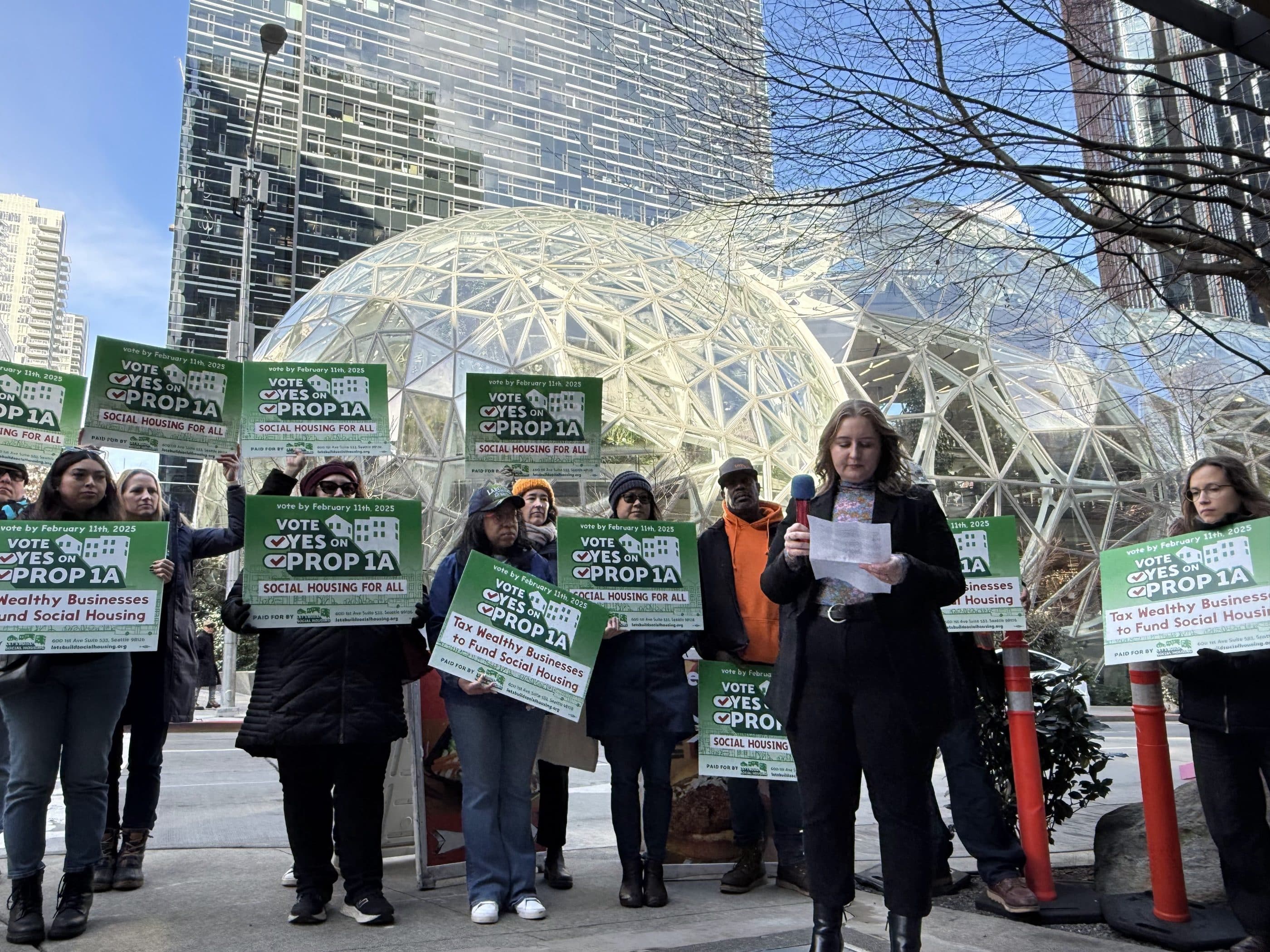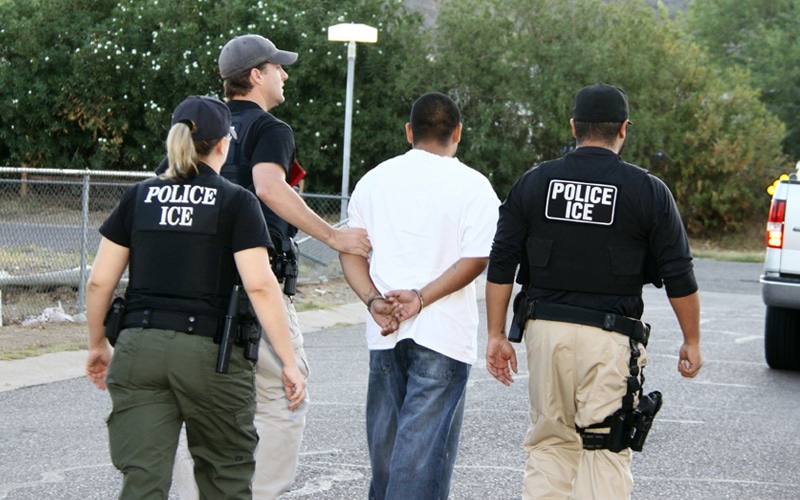
Photo courtesy of MassVote
Ascertaining how much foundation money supports civic engagement, voter registration and mobilization, and related community organizing activities is damn near impossible. The Foundation Center’s database offers glimpses of foundation trends as classified by the Foundation Center staff and by the foundations that report their grantmaking data, but these glimpses suggest that not a lot of foundation capital is supporting the mission of strengthening democracy. As I explore in “Where’s the Money for Democracy?” in the latest issue of Shelterforce, there’s little question that foundations are doing much better in talking about rather than capitalizing civic engagement.
That should be heard as a clarion call for community developers to reengage in promoting grassroots community engagement in the electoral process, as the California Association of Nonprofits has done by encouraging nonprofit staff members, board members, and constituents to “vote with your mission.”
If community developers eschew partisan politics—as they must if they are 501(c)(3) public charities—
and focus on the content of their missions they can still organize around issues of the day that intersect directly with CDCs’ values and priorities.
In the three presidential debates and one vice presidential debate that just concluded, for example, while debating the still-lousy economy, the candidates never mentioned the foreclosure crisis past, present, and still developing. They never mentioned housing in general. They blew past poverty as a statistic (cited by Mitt Romney of all people!) but never discussed what this nation might do to address poverty beyond what might spill over from the candidates’ middle class emphasis. One of the presidential candidates evinced little concrete awareness of the vital importance of Dodd-Frank, the other offered relatively tepid verbal support for the financial sector regulation his own administration approved. Sustainability-oriented community developers must have been floored to witness four debates of the candidates’ calling for massively increased carbon-based fuel production, notably something they called “clean coal,” without uttering a syllable about global warming and climate change.
Think it’s time for the community development sector to gear up on civic engagement, voter registration, and voter education programming? By now, it’s hard to imagine that anyone doesn’t know about the efforts of certain elements in the political system to intimidate people from showing up at the polls. Look for the billboards going up in minority neighborhoods proclaiming the crime of voter fraud a felony, when the proponents of voter ID laws know that voter impersonation is virtually nonexistent. Or consider the efforts of the Tea Party-created organization, True the Vote, which plans to put 1 million people into the polls to watch for potential “voter fraud,” hard to ignore as anything other than a massive effort of voter intimidation aimed at racial and ethnic minorities.
And yet, on the front lines of civic engagement, voter registration, and voter education, it’s the usual (foundation) suspects supporting largely the usual (nonprofit) suspects, hardly matching up with the resources of people committed to reducing the voter turnout in the neighborhoods typically served by this nation’s nonprofit community developers. The nonprofit sector’s core democracy-building functions seem like they are exactly in the wheelhouse of the community development sector, with its roots in settlement houses, the civil rights movement, tenant organizations, faith-based activists, and the anti-poverty organizations of the War on Poverty. It’s time for a big time change in the foundation sector’s willingness to fund them.




Comments